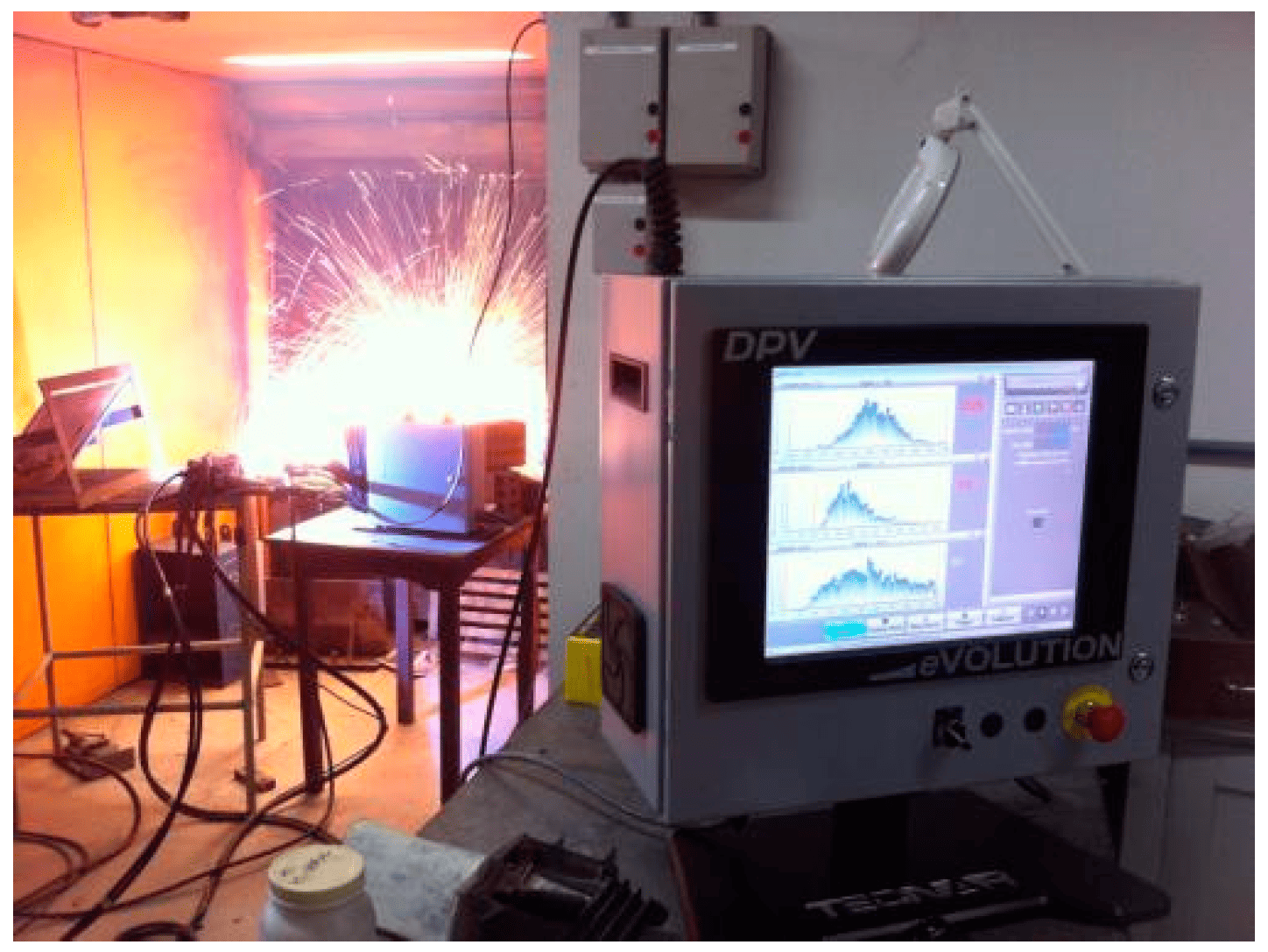October 2, 2020
Study of Particle Properties of Different Steels Sprayed by Arc Spray Process
Thermally sprayed coatings are employed for many purposes, as corrosion protection, wear resistance improvement, resistance to high temperatures, and others. The coating performance depends on its morphology, which is composed by splats, pores, oxide inclusions, and entrapped unmelted or resolidified particles. In arc spray process (ASP), the heat source is the arc electric obtained from the contact of two consumable metallic wires with different electric potentials, and the carrier gas is the compressed air. The velocity, dimensions, and thermal characteristics of the droplets sprayed are related to the morphology and properties of the coating. The main goal of this research is to evaluate how the velocity, temperature, and particle size are modified by the chemical composition of different materials (carbon steel, stainless steels, and FeMnCrSiNi alloy). The intention is to predict how the modification of the process parameters will change the particles properties. The materials had similar behavior tendencies during the flight: the velocity increased to a peak value then decreased, but this maximum value was different for materials with different particle size. The particles’ size did not present significant differences during the flight; and the particles cooled down as they moved away from the gun, except the austenitic stainless steel and the FeMnCrSiNi alloy, which increased the droplets temperature during the travel. These alloys also presented more variation in chemical composition during flight.
Keywords: thermal spray, particles properties, arc spray process, in-flight
Originally published at Coatings (2020, 10(4), 417)
By: Rodolpho F. Vaz, Anderson G. M. Pukasiewicz, Hipólito D. C. Fals, Luciano A. Lourençato and Ramon S. C. Paredes
